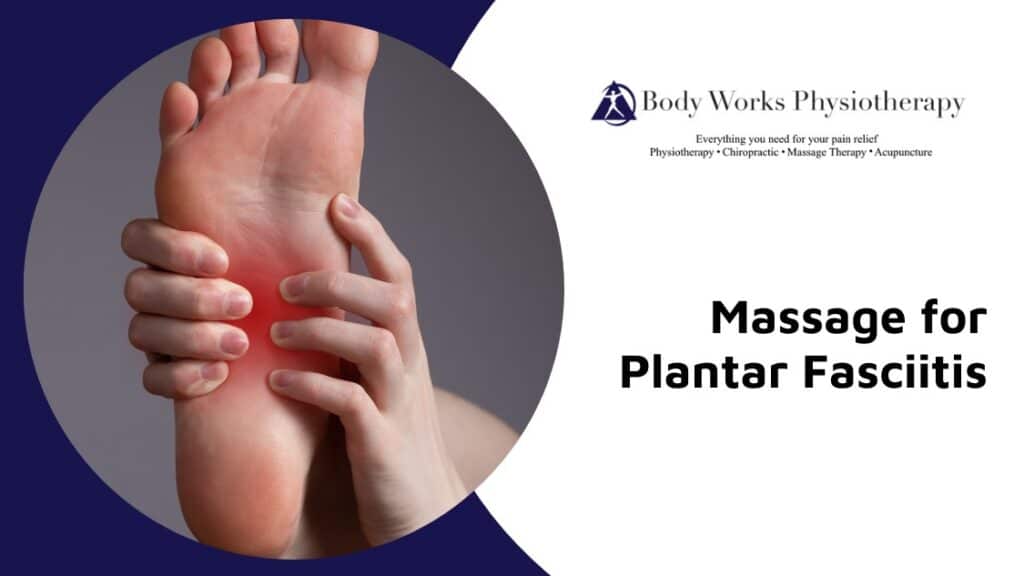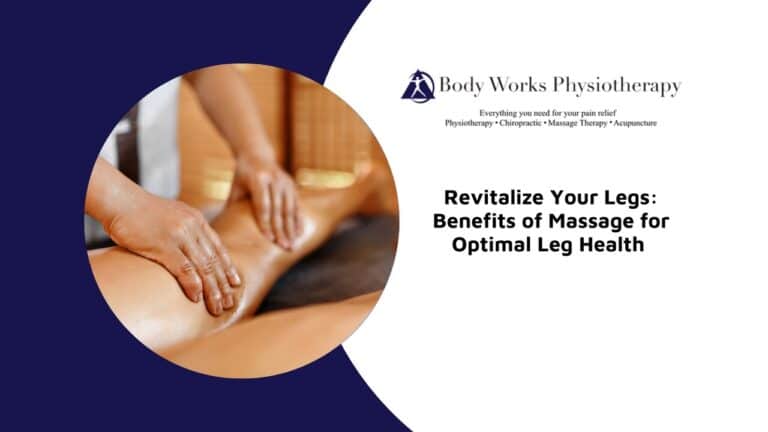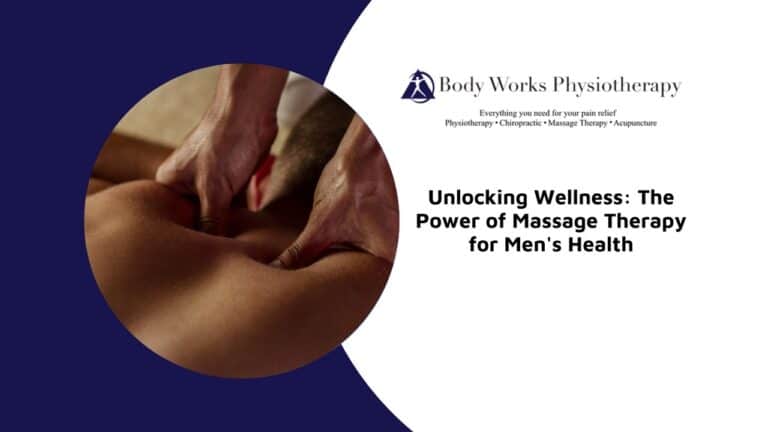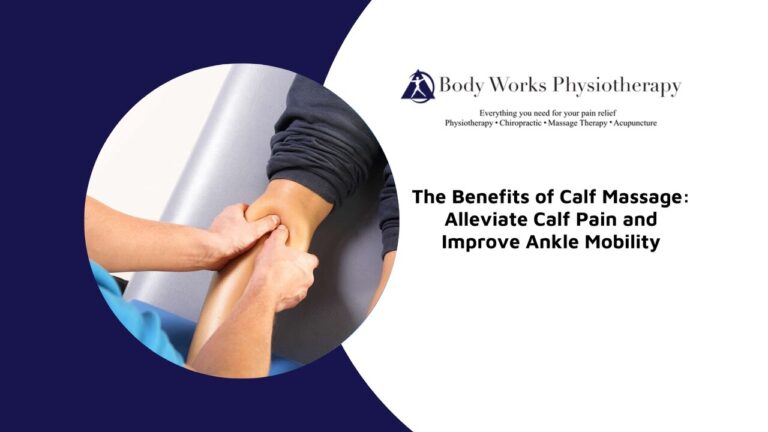
It’s one of the most common foot complaints. Plantar fasciitis: it’s the sensation of being stabbed in the heel with a hot needle over and over with every step you take.
When you run or walk, especially on materials that are hard and unyielding, the pressure applied by your body weight can cause tension on the plantar fascia (the strand of ligament that connects your toes to your heel).
Over time, this stress can turn into the ongoing foot pain and swelling we call plantar fasciitis.
With the persistent pain of plantar fasciitis, your capability to endure the discomfort–and your determination to maintain daily activities as usual–is put to the test.
Unfortunately, there’s no magic fix for chronic plantar fasciitis. However there are different ways to relieve chronic pain from plantar fasciitis, and among the best ways is massage therapy.
Not only is massage therapy inexpensive and widely accessible, but it’s likewise shown beneficial in relieving plantar fasciitis discomfort.
Calf extending, icing the affected location, and rubbing your plantar fascia may all help alleviate some or all of the pain.
But why does massage therapy work so well for plantar fasciitis? Let’s have a look at how massage therapeutic treatment works to eliminate this frequent source of heel pain.
What is Massage Treatment?
Massage therapy is the use of various hands-on strokes and techniques to administer force to the muscles and tissues of your body.
Massage therapists manipulate your connective tissues and muscles to help lessen muscle tension and pain, improve blood flow, and promote relaxation.
It may be employed as a kind of preventative health care or as a treatment for specific concerns such as plantar fasciitis.
How Does Massage Alleviate Pain for Plantar Fasciitis?
When you get plantar fasciitis, the tissue under your foot becomes inflamed, swollen, and very tender. This can also happen in your lower legs if you have bad posture.
Where plantar fasciitis and bad posture are concerned, massage treatment is employed to get rid of the lactic acid crystals that develop in the tissue of the lower legs and bottoms of the feet. This helps ease swelling and discomfort.
Massage therapy is additionally believed to be beneficial for plantar fasciitis because it increases blood flow to the affected areas.
More blood flow means more oxygen and nutrients reaching that unpleasant, inflamed tissue. That helps speed up the healing process, so you can return to normal faster.
Which Kind of Massage Therapy is the Best for Plantar Fasciitis?
Since plantar fasciitis is an uncomfortable ailment, many experts suggest a deep tissue massage for pain relief.
Deep tissue massage is a form of massage treatment that targets the deeper layers of muscle and connective tissue. It is typically done with tougher pressure, often utilizing the therapist’s knuckles or elbows.
Rewards of Massage Treatment for Plantar Fasciitis
Beyond lessening the discomfort of plantar fasciitis and speeding up the healing process, massage treatment provides a variety of other rewards:
- Improves Sleep – Receiving a massage is an excellent method to relax and soothe your body down before you fall asleep. It may be a helpful way to minimize tension, decompress after a difficult day, and enhance your sleep quality.
- Lessens Clinical Depression and Anxiousness – A massage can be a terrific way to deal with feelings of stress and anxiety and unhappiness. It is a form of self-care that will deeply relax your body, mind, and spirit.
- Boosts Your Immune System – When you are stressed out or distressed, your body enters its fight or flight mode. This causes your body’s immune system to minimize its effectiveness to prevent expending too much energy.
How Often Should You Have Massage Therapy for Plantar Fasciitis?
If you have plantar fasciitis, you should have a massage session a minimum of once a week.
For the most successful outcomes, you may try combining massage therapy with other kinds of treatment, such as stretching, icing, and employing supportive insoles and shoes. Make sure to consult your massage therapist about the best frequency for your massage sessions.
How to Choose a Terrific Massage Therapist
When you are looking for a massage therapist, the very first thing you ought to do is to ask around. See if any friends or relatives can recommend a therapist they’ve had a positive experience with.
Apart from that, there are a couple of other ways you can discover a fantastic massage therapist:
- It’s recommended to pick a massage therapist who concentrates on sports massage. Sports massage is a type of massage that concentrates on the specific needs of athletes, including joints, muscles, and other soft tissues like the plantar fascia. To be effective, a sports massage therapist should be trained in anatomy and biomechanics.
- Check out online reviews – You can find reviews for most massage therapists online. Be sure to try to find reviews from clients that have comparable issues as you do.
- Check out your insurance coverage – If you have health insurance, it may pay for massage treatment. Before making a scheduled visit, check to see if massage therapy is covered under your insurance policy.
- Ask your medical professional – Your medical professional knows you best. If you have plantar fasciitis and you’re looking for a massage therapist, ask your physician for a referral.
Wrap Up
When you have plantar fasciitis, you can suffer from a lot of discomfort and pain. One excellent means to relieve this pain is by getting regular massages.
Massage treatment can help break up lactic acid crystals, increase blood circulation, and speed up the recuperation process.
Call the caring professionals at Body Works Physiotherapy right away and we can begin easing your plantar fasciitis pain and improving your quality of life. Now booking new clients!






